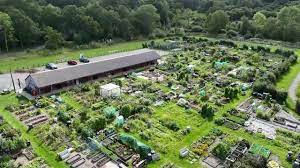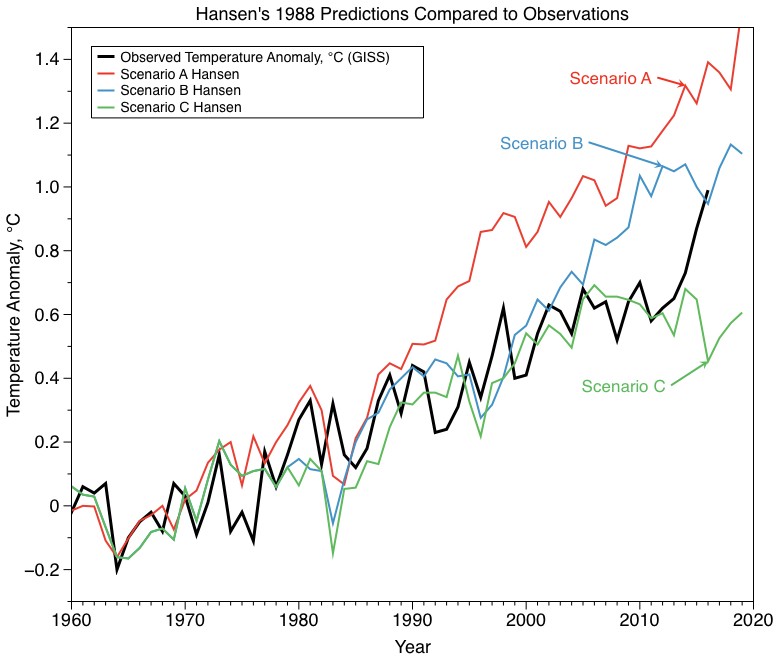
Click on the image for the page to open in a new tab. It is a useful list to read to, particularly if you are hesitating on buying your first EV.
In 2024, for the first time, Tesla sold more cars than Audi – for many years, there were a large number of suggestions (from so-called experts) that Tesla was not a serious car company. Does this make Audi not a serious car company, or is Tesla finally a serious car company. Shares in Tesla fell last year as a result of the fact that they sold a small amount fewer cars than the year before, though Audi sales fell by 12% – while Tesla sales fell by 1%.
Suggestions that Tesla is in danger, seem far over stretched. It is true that it delayed its next car (the tesla model 2) but this delay is not likely to be long.
They are currently concentrating on the Robo taxi – it seems that share prices are ignoring the Robo taxi. In 2016 there was an estimated 18 million taxis on the road – given the smaller form factor, these are only expected to cost around $25,000-30,000. If they manage to revolutionize the production line (with their unboxed line) they are likely to be able to make huge numbers a year. It does require FSD to be cracked, so timelines could slip, but once cracked it is estimated that owners could make $40,000 a year (or more than initial investment)













